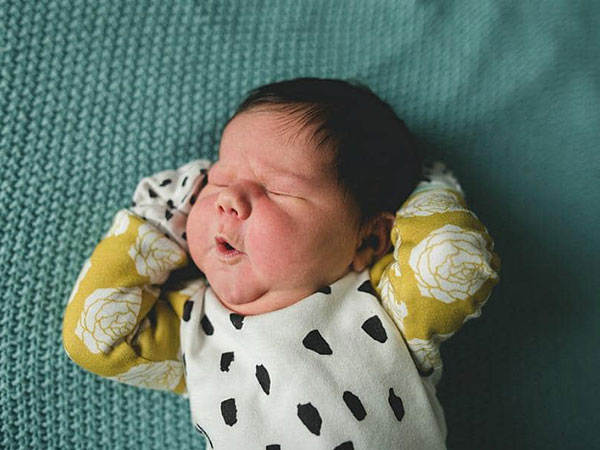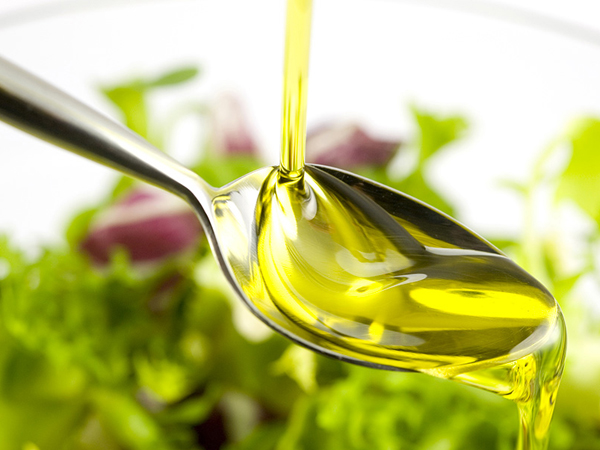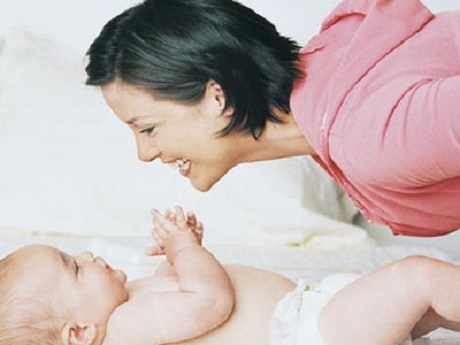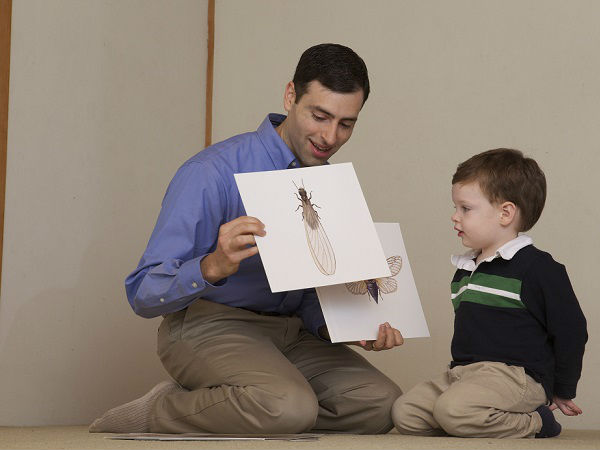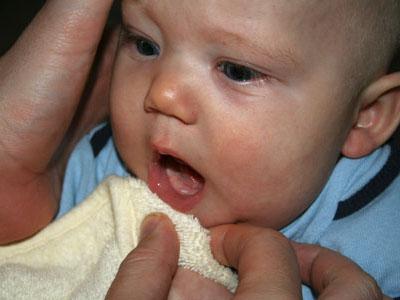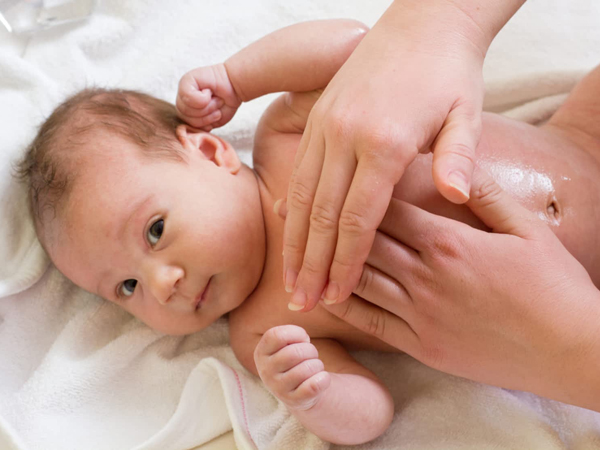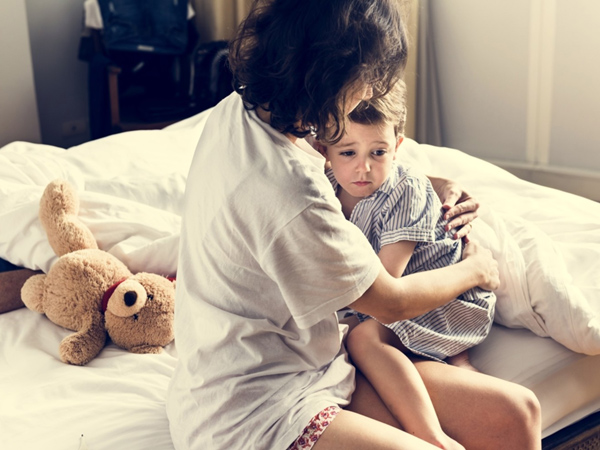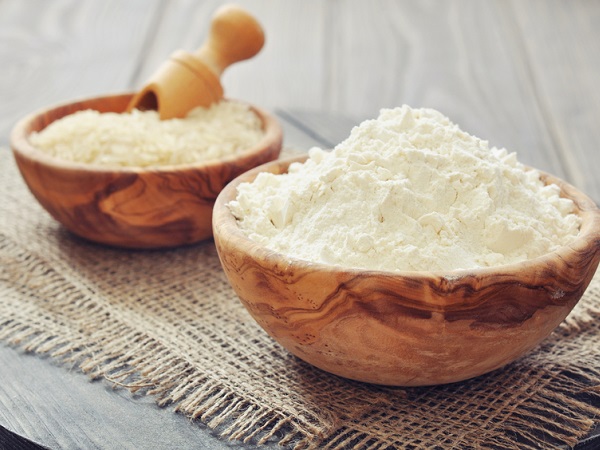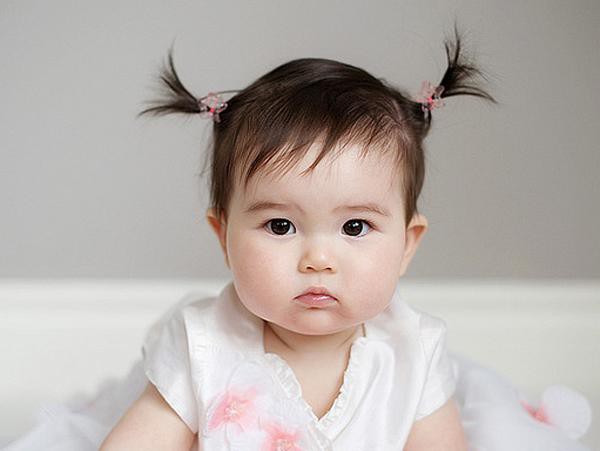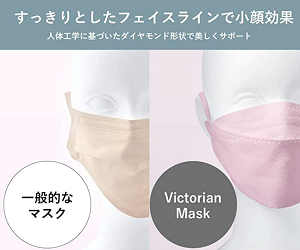A high fever is one of the common clinical signs of many diseases. However, whatever the cause, the mother should also help the baby reduce the fever quickly and avoid leaving dangerous consequences in the future
content
The cause of fever in children
When is a fever considered?
How to properly and promptly handle a high fever
Note the following things can make your baby fever more
Sometimes fever also occurs due to the direct impact from the external environment such as: The weather is too hot, hot or the baby has a high fever after vaccination ... The mother needs to identify the cause to take care of the child. right way.
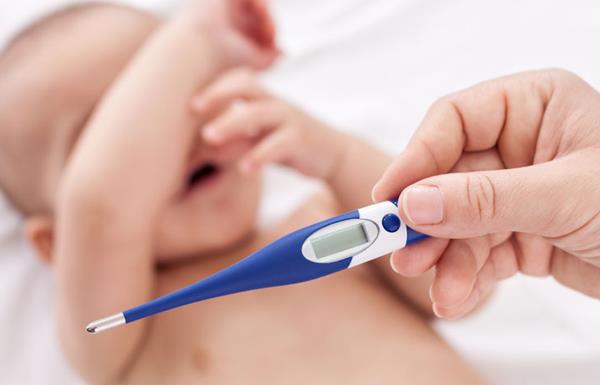
Children with a high fever can lead to many dangerous complications if they are not taken care of and handled promptly
The cause of fever in children
High fever is usually caused by two main reasons: fever caused by infection and fever not caused by infection. Children have a high fever due to an infection, the most common being a viral fever . Viruses are one of the leading causes of fever in a child. The disease usually clears up after a week, there are many viruses that cause illness in children, but the most dangerous is the virus that causes dengue fever, hand, foot and mouth disease or measles, flu and chickenpox ...
In addition, fever is caused by acute respiratory tract infections such as pharyngitis, tonsillitis, otitis media, pneumonia and bronchitis. Gastrointestinal tract infections also cause fever: Cholera, dysentery, typhoid or dangerous infections such as bacterial meningitis, meningococcal meningitis or septicemia.
The causes are not due to infection such as: Increased temperature because the child is too warmed; vaccination in the early years of life or drug fever or immune disorder, malignancy. Teething can also increase body temperature, but only slightly. Mom should not be too worried!

Children vaccinated for 5 in 1 have a fever - What should you do? Children who get a 5-in-1 shot with a fever are common. Babies often have a low fever or high fever of about 39 degrees together with signs of fatigue, fussiness, struggling ... making mothers feel worried and insecure.
When is a fever considered?
In children, the normal body temperature is in the range 37-37.5 degrees Celsius. A child's temperature reaches 38 degrees Celsius, it is considered a fever. With a moderate fever of 38-38.5 degrees C, the child's body can withstand, but when the baby has a high fever at a temperature of 39-40 degrees C, even for a long time, it will cause dehydration, electrolyte disturbances and confusion. psychotic. More dangerous, high fever can cause seizures, lack of brain oxygen, damage nerve cells, even coma or death ...
How to properly and promptly handle a high fever
When a child shows signs of fatigue, fussy crying or irritability, drowsiness, red or pale face, shivering, increased body temperature means that the child is having a fever. Mother should handle as follows:
Let the child lie in a well-ventilated place, without draft and limit many people to surround the child.
Thermocouple: the thermometer can be placed under the child's armpit or anus. The thermometer should be kept in the armpit for at least 3 minutes, the child's arm pressed against the chest. The child's temperature will be the number shown on the thermometer plus about 0.3-0.4 degrees Celsius.
If the child's temperature is not more than 38 degrees Celsius, the mother can take off her clothes, do not cover the blanket, just wear thin clothes for the child and monitor the child's temperature regularly, measuring once every 1 hour.
If the child's temperature is about 38- 38.5 degrees C, mothers should use a cool compress to reduce the child's fever. Mom put some cold water in the basin, add hot water, about half the amount of cold water. Check the water temperature by dipping your hands in a water bath, it feels warm like baby bath water. Use a soft, clean cotton towel, then dip it in a basin of water, squeeze it out slightly and wipe it all over the baby. Mother wipes thoroughly in the armpit position, groin, wait for evaporation, then wipe until the body temperature drops to about 37.5 degrees C, re-clothes for the child. It is necessary to monitor, if the body temperature increases again, then apply again.
If the child's temperature is 38.5 degrees C or higher: It is necessary for the child to take paracetamol antipyretic drugs according to the correct dosage, weight and distance between 2 doses in the instruction manual. If the child is not able to take the medicine with nausea, an anal suppository can be used.
The mother needs to let the baby drink plenty of water, if the baby is still nursing, the baby will breastfeed more. Rehydrate your baby with oresol electrolytes. Let children eat and drink normally with liquid foods, easy to digest such as porridge, soup, drink with perfumes such as oranges, lemons.

Caring for the baby: 8 signs of "denouncing" the baby is not feeling well Even if the child is still eating and drinking enough, mothers should not ignore the following important signs of health in young children. It is sometimes just a very unpredictable and normal expression, but it is a warning that the child is not well.
Note the following things can make your baby fever more
Mom notes the following, these can make the fever worse.
Do not take many drugs with the same ingredient to reduce fever as this will lead to an overdose that can cause poisoning.
Mom does not rub lemons or beat the wind for children.
Absolutely do not use ice to compress your baby. Ice packs can make babies have higher fever due to peripheral vasoconstriction mechanism.
Mother also should not wear too many clothes or cover when the baby is fever because it will increase the temperature, it is very dangerous if the child has a higher fever that can cause seizures and lack of brain oxygen.
In short, no matter what causes the baby has a high fever, reducing the fever is the first and most important thing mothers need to do. Long-term high fever can have negative effects on health, even affect brain development in the future.
